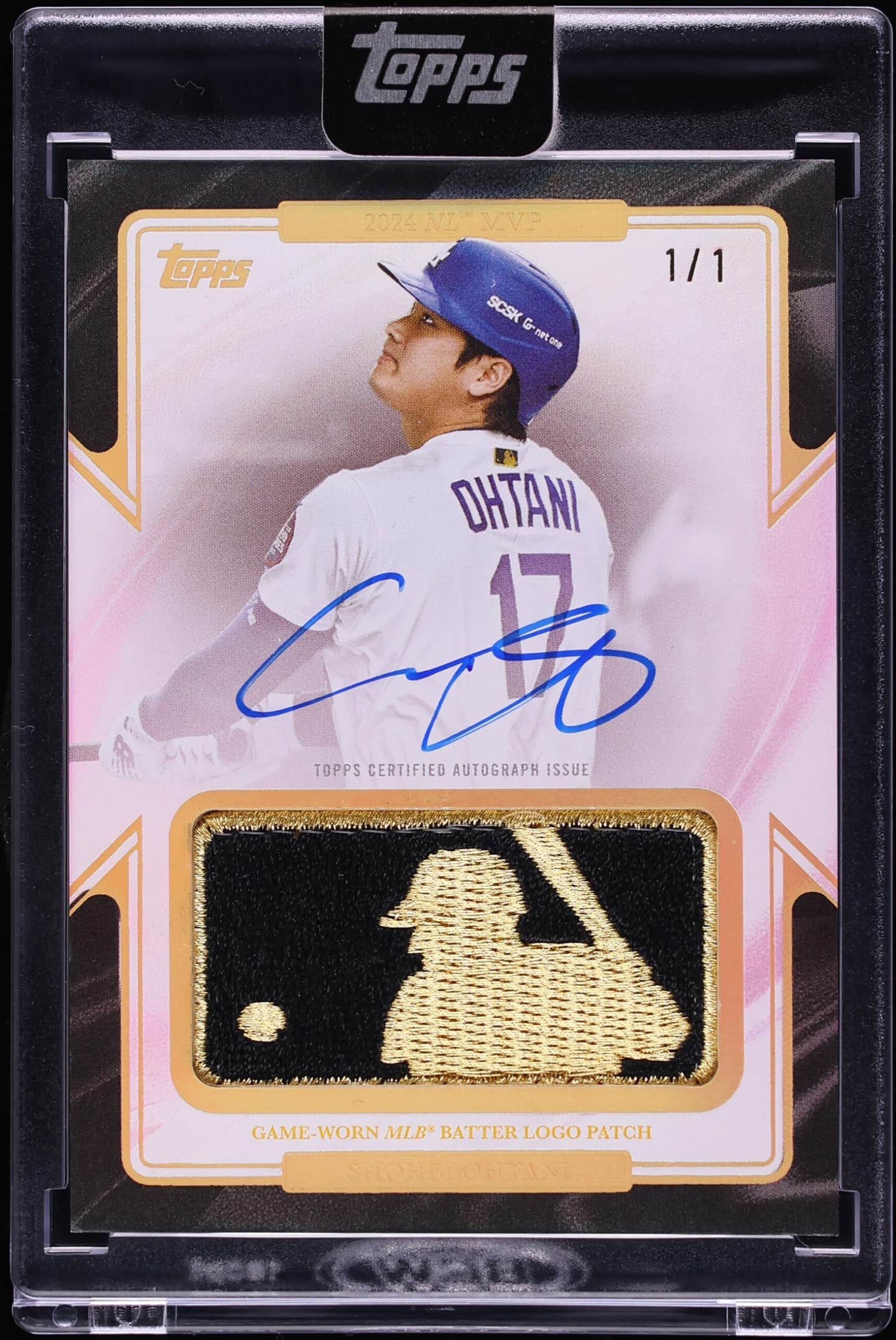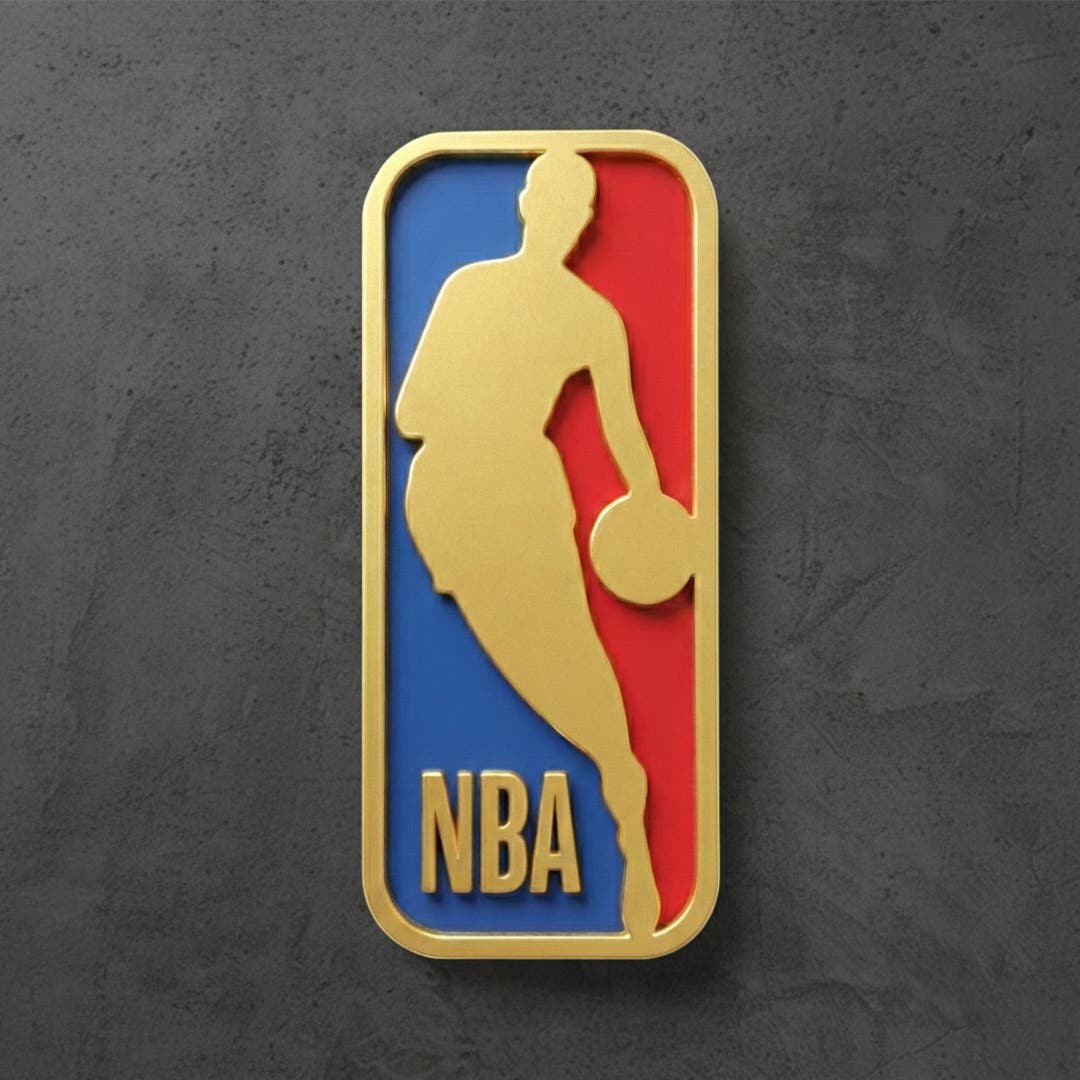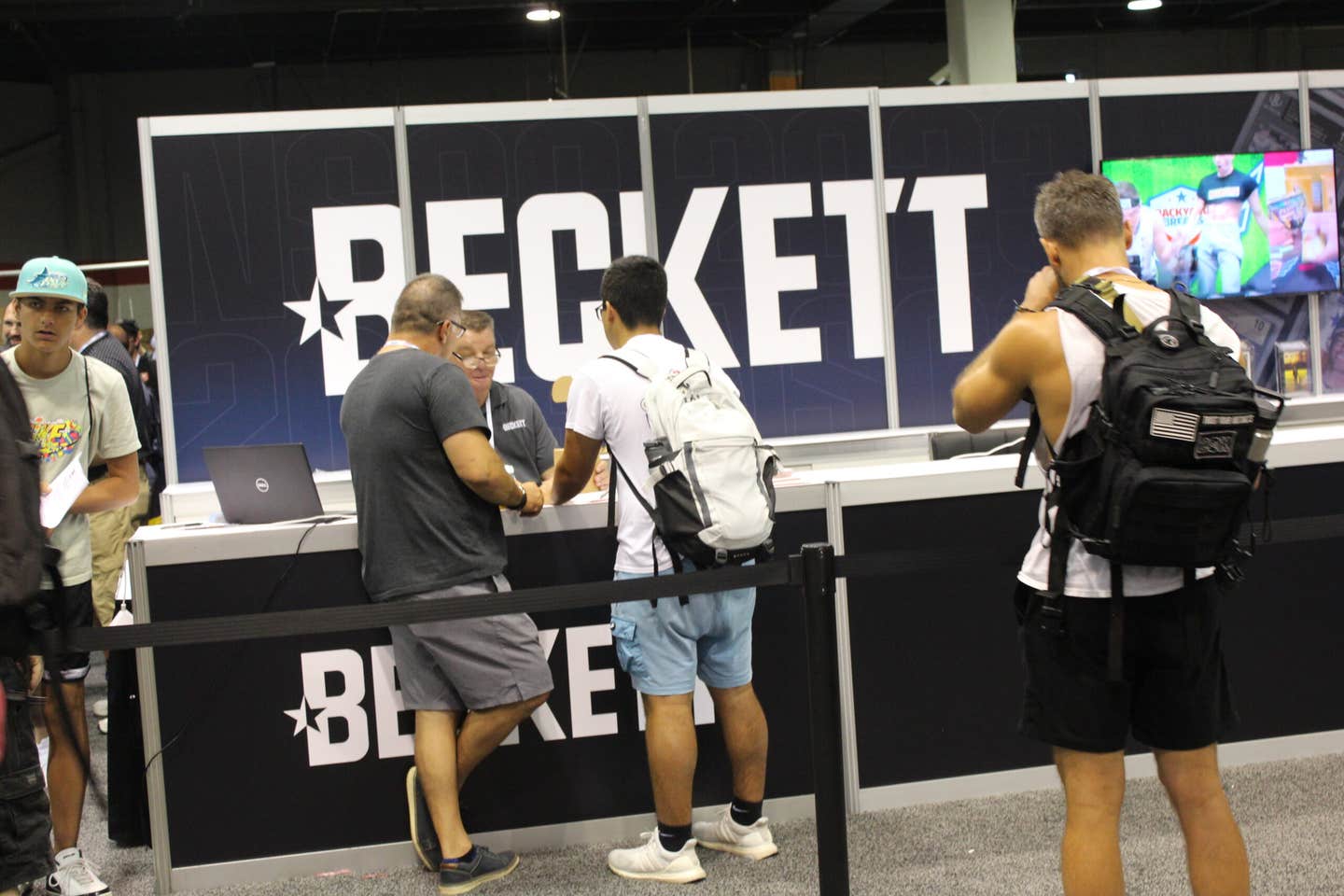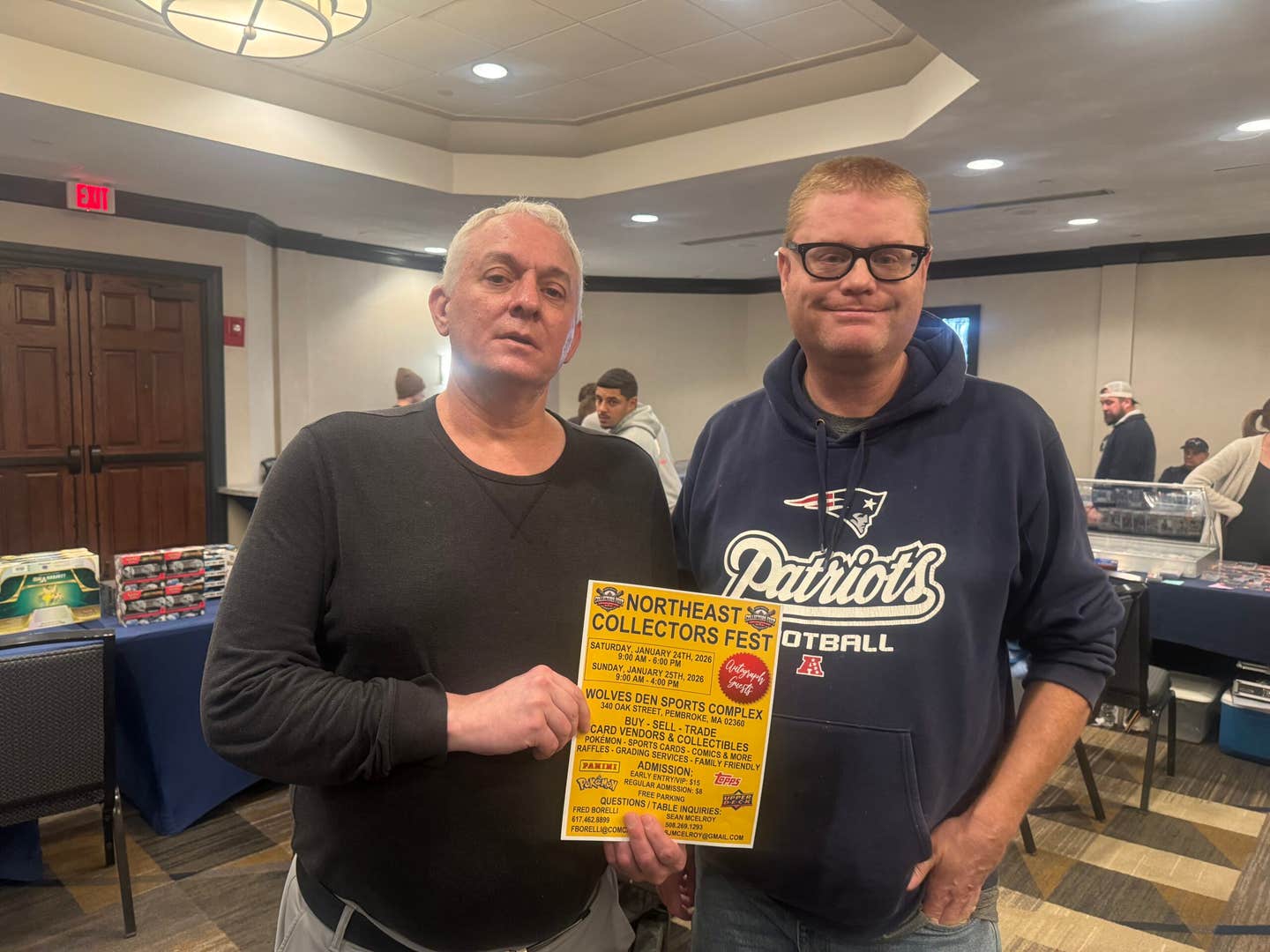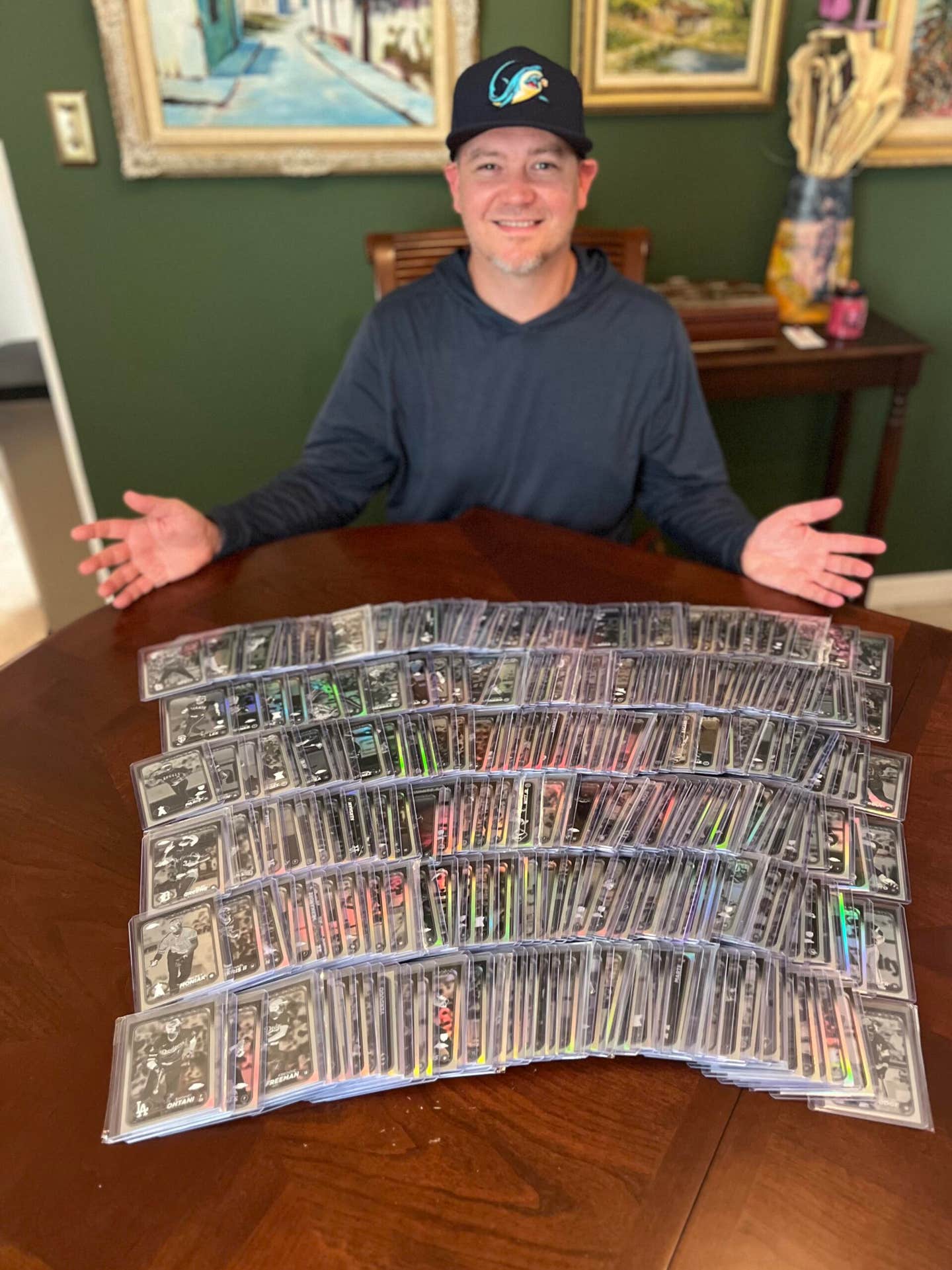Football
Today’s Lions No Match for Teammates of Yesteryear
You don’t need to follow the NFL to know that the Detroit Lions set a record for futility in 2008. The NFL’s first 0-16 team has become a regular punch line for Jay Leno, David Letterman and every other comedian on TV. Imagine trying to come up with the Lions’ video highlights for 2008. You’d likely start and end with the exhibition season, when the Lions were a perfect 4-0.
True to their 0-16 record, the Lions are probably the least-collectible team in the NFL. Then again, Detroit traditionally hasn’t been a rich source for football collectors. The franchise has been around since 1930, when it premiered as the Portsmouth Spartans. (You never heard of Father Lumpkin, Chief McLain, or Ace Gutowsky?) The team moved to Detroit in 1934, but since then it has fielded few megastars.
Just 17 players in the Pro Football Hall of Fame wore Lions blue-and-gray, and several (including Hugh McElhenny and Ollie Matson) were in town for just a season or two.
Furthermore, collectors gravitate toward quarterbacks, running backs and receivers, and the majority of the Lions’ HOFers have been offensive linemen or defensive players.
It’s nice to find “undervalue” in the hobby, and the Lions are perfect candidates. Besides, the franchise’s dry spell may be about to end (more on that in a minute).
We’ll begin with grind-it-out, blue-collar guys and then move on to the playmakers. Most had careers in the middle of the 20th century, when the Lions were a powerhouse. That’s right: Detroit won NFL titles in 1952, 1953 and 1957, plus an earlier title in 1935.
If you like iron men, you’d love Lou Creekmur, who never missed a game in his 10-year career (1950-59), despite having had his nose broken and reset 13 times. To get a feel for the lively, flamboyant Creekmur (an eight-time Pro Bowl selection), pick up his 1955 Bowman card ($5-$25). It features one of those classic poses: elbows high, grimace on face, feet pushing forward.
How about Joe Schmidt, the team’s top linebacker during its 1950s heyday? Schmidt played 13 years and earned 10 Pro Bowl honors, then posted a 43-34-7 record as the Lions’ head coach from 1967-72. Look for a 1962 Post Cereal card of Schmidt; it was a short-printed card and can be hard to find, but we spotted two for sale (one for $100, the other $110) by online dealers.
Safeties Jack Christiansen (1951-58) and Yale Lary (1952-53, 1956-64) were versatile ballhawks who played alongside each other and intercepted 46 and 50 passes, respectively. Christiansen’s autograph is somewhat rare (he died in 1986 at age 57), and thus can sell for several hundred dollars on a photo. Lary is a different story; his signature can be had for around $15 on a photo.
Cornerbacks Dick “Night Train” Lane (1960-65) and Lem Barney (1967-77) were impact players with different styles. The former was physical and intimidating, often using a clothesline tackle he called “The Night Train Necktie.” Barney was fluid and fast, and a game-breaker on special teams. Lane finished his career with 68 picks; Barney had 56. Today, Lane autographs sell for $50-$75 on a photo (he died in 2002), while Barney 8-by-10s can be had for $15.
The Lions’ greatest playmakers on offense include Earl “Dutch” Clark, a single-wing tailback who led the NFL in scoring in 1936. His 1935 National Chicle card (No. 1 in the series) is a prize and can sell for $600-$700. Doak Walker won the Heisman Trophy at SMU in 1948, then embarked on a pro career that lasted only six seasons. His stats won’t wow anyone (1,520 rushing yards, 2,539 receiving yards, and a 56 percent field goal percentage), but the 173-pounder made it into the Hall anyway – a testament to his all-purpose effectiveness.
Then there’s Barry Sanders, who was more fun to watch than any halfback this side of Jim Brown. Sanders was a brilliant runner who gained 15,269 rushing yards and 2,921 receiving yards in 10 seasons, scoring 109 total TDs. He has his own website from which he sells his autographed memorabilia (photos: $150-$199) and various other Lions legends. Barry’s not the only Detroit Sanders in the Hall; the great tight end Charlie Sanders (no relation) was inducted in 2007. At $10-$20, his signature is as undervalued as it gets.
All of which brings us to Bobby Layne, Detroit’s crown jewel – and its leading thorn in the side. Layne was the Brett Favre of his day: a daring gunslinger who knew how to win.
Two games into the 1958 season, Detroit abruptly traded Layne to the Steelers for Earl Morrall and two draft picks. The move didn’t sit well with Layne, who one year earlier had led the Lions to a championship. As legend has it, Layne left town promising that the Lions wouldn’t win a championship for 50 years. Right away, the team slumped, finishing the 1958 season at 4-7-1. They haven’t sniffed a championship since.
Over the years, “The Curse of Bobby Layne” has taken on a life of its own, even inspiring a website (www.curseofbobbylayne.com). Whether Layne actually said anything about a curse is speculation, but the fact is, the Lions “began to falter in unfathomable ways” almost immediately after the trade, as Bob Wojnowski of Detroit News recently wrote.
If Layne did indeed curse the Lions for 50 years, he arranged a heck of a curtain call: Detroit’s 0-16 record in 2008 marked the 50th season after the trade. It would also mean the hex is over. So there might not be a better time to collect Lions?




